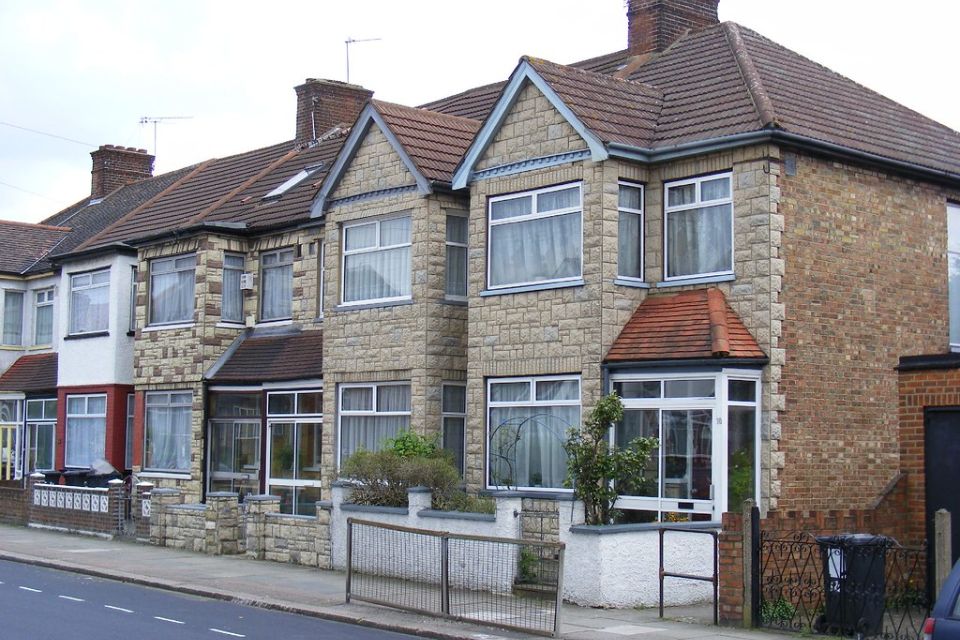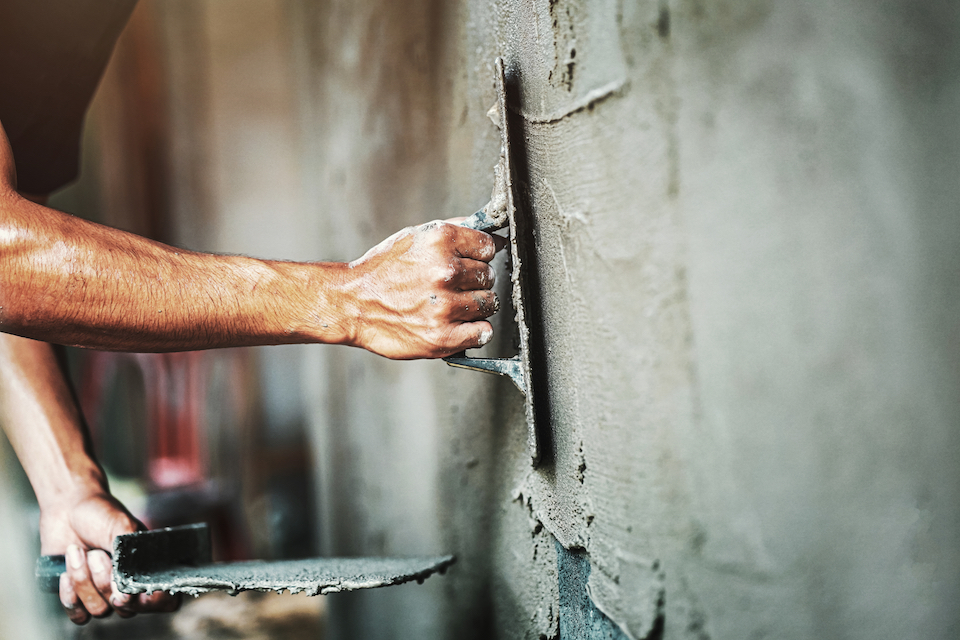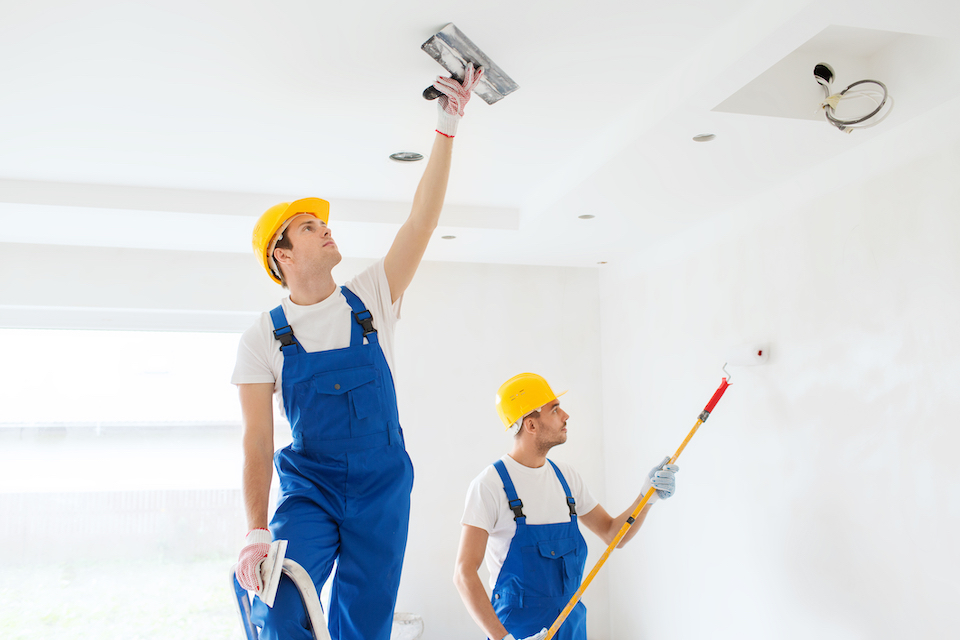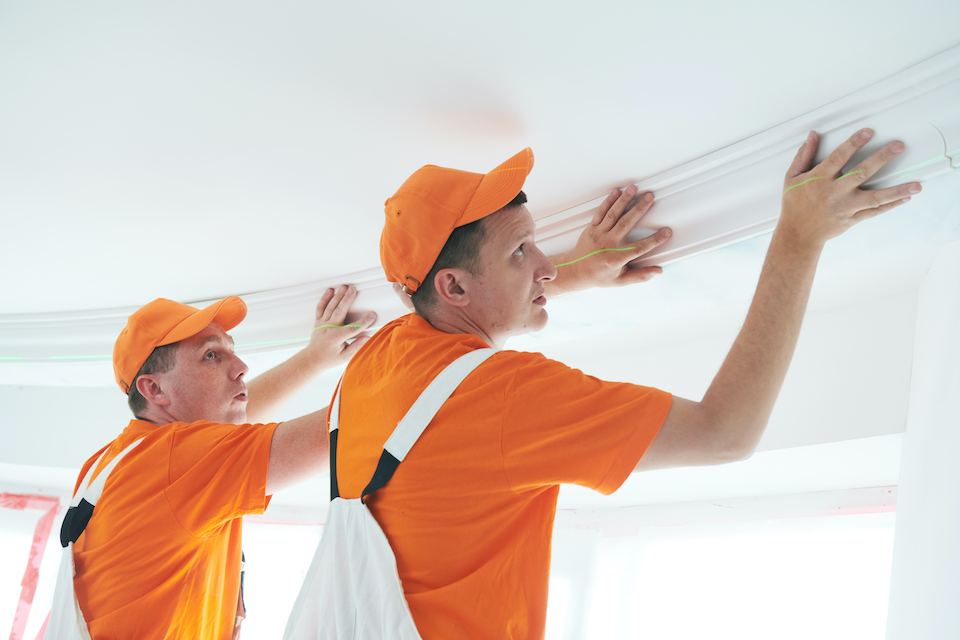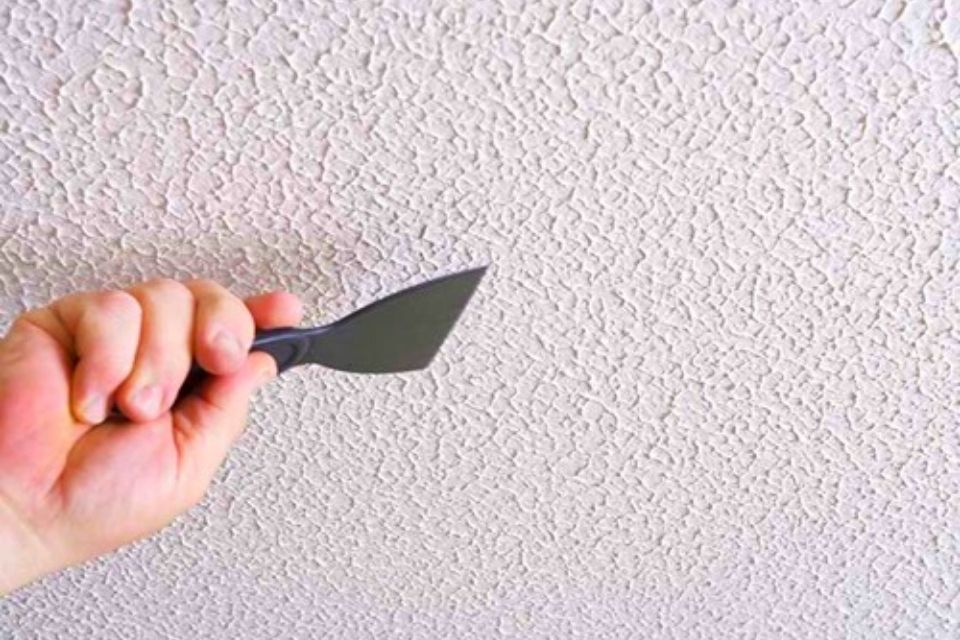How Much is Rendering? How Much is Cladding?
And what about cladding costs too?
New cladding and render will give your home a much needed new lease of life, as well as offering practical weatherproofing benefits.
Let's start with house rendering costs!
The average cost to render a house is between £10-£70 per m². The overall cost will depend on what type of render you choose and how large the area is you want rendered.
Installing cladding improves both the physical state of your home as well as saving you money on energy bills, via the added layer of insulation.
House Cladding & Rendering Prices
The following table shows the different types of render and the averages costs:
| Type | Total Cost (per m²) |
|---|---|
| Cement rendering | £10 to £35 |
| Lime rendering | £15 to £50 |
| Polymer rendering | £30 to £40 |
| Acrylic rendering | £30 and £60 |
| Monocouche rendering | £35 to £60 |
| Pebbledash | £30 to £40 |
| K Rend | £30 to £70 |
- How Much is Rendering? How Much is Cladding?
- How Much Does House Cladding Cost?
- What are the Supply Costs of Rendering and House Cladding?
- What are the Additional Costs of Rendering and House Cladding?
- Tradesmen Costs for Installing House Cladding and Rendering
- How Long Does It Take to Render a House & Install External Cladding?
- Types of Rendering
- Types of Cladding
- Rendering & House Cladding Maintenance Cost
- Rendering & External Cladding Repair Cost
- How Much Does It Cost to Remove Rendering & External Cladding?
- FAQs
- Sources
How Much Does House Cladding Cost?
We'll now look at the total cost of having external house cladding installed!
In this section, we will break down the total cost on the same basis as we did in the previous section.
So let's start with the average cost of cladding...
The average cost of cladding a house in the UK is about £1500 to £2100.
When it comes to external cladding materials, to cover a single wall of a gable roof house could cost around £1300 to £1600 with timber cladding, £1300 to £1600 with stone cladding, £1300 to £1700 with uPVC cladding while you’ll need to budget for around £1400 to £1600 to have the job performed with metal cladding.
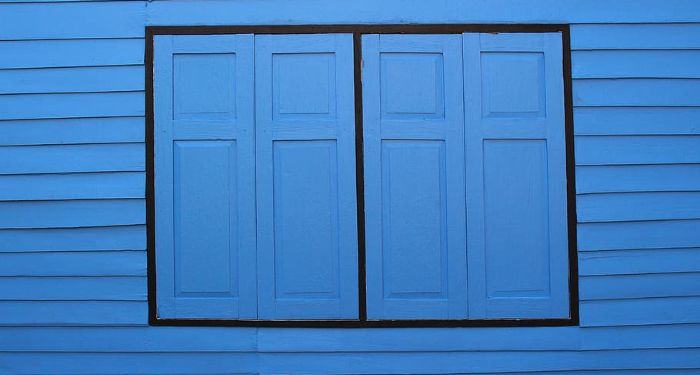
When it comes to covering a wall on a gable roof house and based on house sizes/types, you can expect to spend around £1600 to £2000 to cover a terraced house, £3100 to £3500 for a semi-detached house, £5800 to £7200 for a detached house, £725 to £1025 for an apartment or £1950 to £2350 for a bungalow.
It’s likely going to cost you several thousand pounds to have an entire house exterior cladded, regardless of the size.
House Cladding Prices
| Type | Total Cost (Installation + Supply) |
|---|---|
| Timber Cladding on Single Wall | £1300 to £1600 |
| Stone Cladding on Single Wall | £1300 to £1600 |
| UPVC Cladding on Single Wall | £1300 to £1700 |
| Metal Cladding on Single Wall | £1400 to £1600 |
| Wall of a Terraced House | £1600 to £2000 |
| Wall of a Semi-Detached House | £3100 to £3500 |
| Wall of a Detached House | £5800 to £7200 |
| Wall of an Apartment | £725 to £1025 |
| Wall of a Bungalow | £1950 to £2350 |
What are the Supply Costs of Rendering and House Cladding?
In this section, we will look at the supply costs in particular as if you were to purchase from the retailer directly. Cement render costs about £10 to £35 per m², lime render around £15 to £50 per m², polymer render about £30 to £40 per m², acrylic render around £30 to £60 per m², pebbledash about £30 to £40 per m², monocouche approximately £35 to £60 per m² while K rend will cost you around £30 to £70 per m².
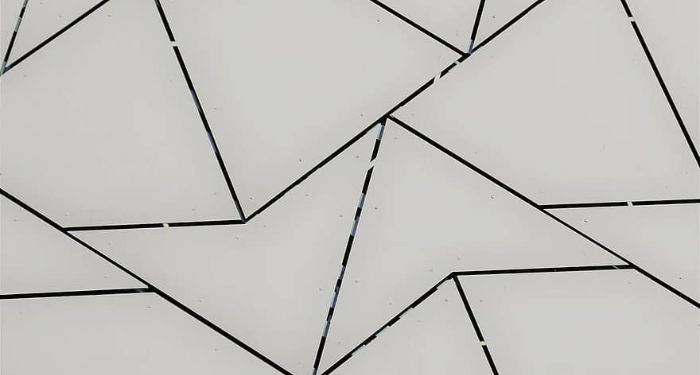
When it comes to cladding, you can expect to pay between £10 and £40 per m² for timber cladding, around £30 to £50 per m² for stone cladding, roughly £10 to £25 per m² for uPVC cladding and about £35 to £40 per m² for metal cladding. The zinc cladding cost per square metre is roughly £30 to £40.
What are the Additional Costs of Rendering and House Cladding?
We will now look at some additional costs that you may choose to incur on top of a house cladding cost. If you wish to have your house’s soffits & fascias replaced, it will cost around £1000 to £1200 for a terraced house, £1600 to £2000 for a semi-detached house, £3000 to £4000 for a medium-sized detached house, £600 to £1000 for garage or £300 to £500 to perform this replacement on a large porch.
To have new guttering installed may cost between £450 and £700. As with replacing soffits & fascias, the exact cost will vary depending on the size of your house although it will not vary as drastically in the case of a new guttering installation.
To have one 30 watt security light installed may cost between £125 and £150. To have a PIR motion sensor light installed into the mains will likely cost you between £150 and £200. If you decide to get a new front door installed, the price will likely come to between £500 and £2500. The price will depend heavily on the material used. If you wish to have a custom-made front door installed, it may cost up to £4100.
Tradesmen Costs for Installing House Cladding and Rendering
In this section, we will look at the average price to render a house based on labour costs and the same for external cladding. We will look at the labour costs involved for different types/sizes of houses and discuss the hourly and daily rate of a renderer & joiner.
In terms of rendering based on materials used, in either case, the labour cost to render the front of a house that is semi-detached will come to around £780 to £2250 while for cladding, the installation expenses will add up to about £300 to £600 to cover a single wall on an average gable roof house.
To have a 5m² brick wall rendered, the labour costs will end up around £190 to £380, with the costs landing around £760 to £1140 for a terraced house, £1140 to £1710 for a semi-detached house, £1330 to £1260 for a detached house, £50 to £200 for an apartment and somewhere in the range of £760 to £1140 for a bungalow. A renderer & a joiner will likely charge about £130 to £250 per day or about £16 to £31 per hour.
How Long Does It Take to Render a House & Install External Cladding?
In the tables below, we look at the length of time it will take for a house to be rendered and the durations involved in installing external cladding.
These different durations are based on a variety of different house sizes/types as well as other structures such as a brick wall. Later in this section, we will also discuss further factors that could influence the duration of such work.
Rendering Times:
| House or Structure Type/Size | Installation Time |
|---|---|
| Brick Wall (5m²) | 1 to 2 Days |
| Terraced House | 3 to 5 Days |
| Semi-Detached | 6 to 9 Days |
| Detached | 7 to 14 Days |
| Apartment | 1 to 2 Days |
| Bungalow | 4 to 6 Days |
Cladding Times:
| House or Structure Type/Size | Installation Time |
|---|---|
| Wall of a Terraced House) | 2 Days |
| Wall of a Semi-Detached House | 2 Days |
| Wall of a Detached House | 2 Days |
| Wall of an Apartment | 2 Days |
| Wall of an Apartment | 2 Days |
| Wall of a Bungalow | 2 Days |
In the case of both rendering & cladding, the duration it will take for either job to be complete will depend on the type of the house, the state of the area being rendered or cladded (such as the wall, the side of the house and the area surrounding the house which may need to be utilised for building scaffolding), the type of cladding used and the rendering type used. If there is heavy rain, work may need to be temporarily postponed.
Types of Rendering
For this section, we will discuss the various types of rendering - such as cement, lime, and monocouche render. We will look at what each type is, their average cost and the pros and cons of each.
Cement Rendering Cost
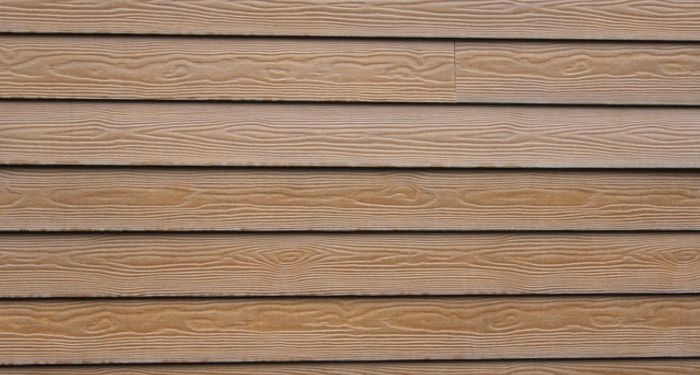
Cement render consists of elements such as calcium, silicon, aluminium and iron. This type of render will come to around £10 to £35 per m².
Pros:
- Highly durable.
- Effective at preventing dampness.
- Most popular type of render.
Cons:
- Not many substrates to choose from.
- Cracks may appear with time.
- Cement render is more at risk of contamination.
Lime Rendering Cost
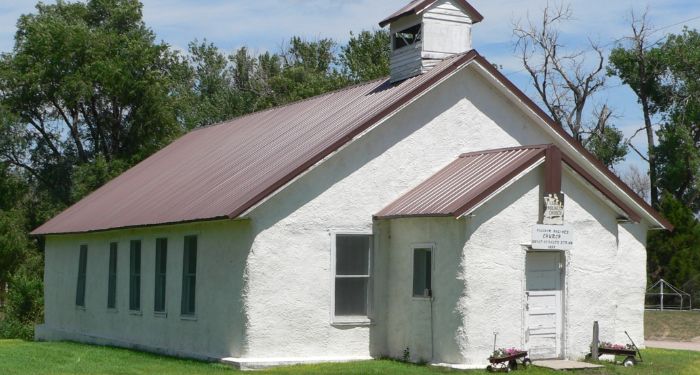
This type of render is another traditional form of render, which is also known as natural hydraulic lime render (NHL). The lime render cost is around £15 to £50 per m².
Pros:
- Provides higher levels of elasticity.
- Very well suited to buildings that are susceptible to movement.
- Durable.
- Lime render is more environmentally friendly than most render types.
Cons:
- Can be quite expensive.
- May take longer to be applied.
Polymer Rendering Cost
Polymer render is made of a cement mix that has specifically chosen polymers included in the mix. Generally, polymer render costs about £30 to £40 per m².
Pros:
- Repels surface water very well.
- Strong yet flexible.
- Available in a wide variety of colours.
Cons:
- Not as cheap as regular cement render.
Acrylic Rendering Cost
Acrylic render is a plastic-based render type. It is designed to be used as a finish coat atop other coats. This type of render will probably cost between £30 and £60 per m².
Pros:
- Highly durable.
- Acrylic render is water-resistant.
- Dries quickly.
- You can purchase many different colours and textures when it comes to this render type.
Cons:
- Not as breathable as other types of render.
- More expensive than cement-based render.
Monocouche Rendering Cost
This render type consists of one part cement and four pants sand, taking advantages from both sand and cement render. Monocouche render costs approximately £35 to £60 per m².
Pros:
- Protects from the weather.
- Durable.
- Low-maintenance.
- Can be applied quite easily.
Cons:
- Likely to crack with time.
- Quite expensive.
Pebbledash Cost
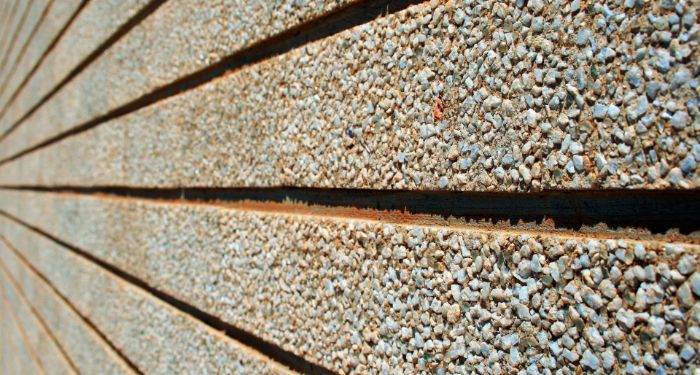
Pebbledash or roughcast comprises lime and may also feature cement that has been mixed with sand, pebbles, shells or/and small gravel. Pebbledash usually costs about £30 to £40 per square metre.
Pros:
- Weather-resistant.
- Pebbledash can be repaired easily.
- Not likely to be as expensive as most render types.
Cons:
- Only offers a basic finish.
- Susceptible to cracking over time.
- Requires maintenance.
K Rend Cost
K rend is a long-lasting render product made of silicone. It is available in a thin coat and scraped texture version with each option available in a range of colours. To purchase K rend you can expect to pay anywhere from £30 to £70 per m².
Pros:
- Lasts longer than most render types.
- K rend does not require maintenance.
- Does not crack.
- Waterproof.
Cons:
- The K render cost can be quite high.
Types of Cladding
In this section, we will now look at various types of cladding in more detail. For each subsection, we will discuss what the cladding type is, how much it costs and list its pros and cons.
Timber Cladding Cost
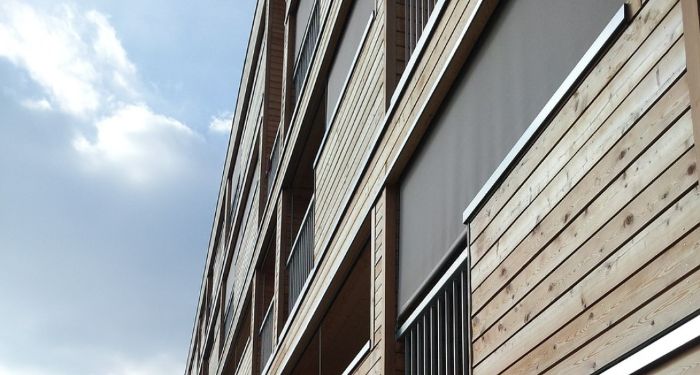
Timber cladding is made of wood and may consist of materials such as oak, beech, sycamore or elm. Timber cladding products may cost anywhere from £10 to £40 per m². The price will vary significantly. For example, the cost of oak cladding is distinct from the cedar cladding price.
Pros:
- Can easily be painted.
- Timber cladding is environmentally friendly.
- Easy to repair.
Cons:
- Some types of timber cladding can be quite expensive.
- Requires more maintenance.
Stone Cladding Cost
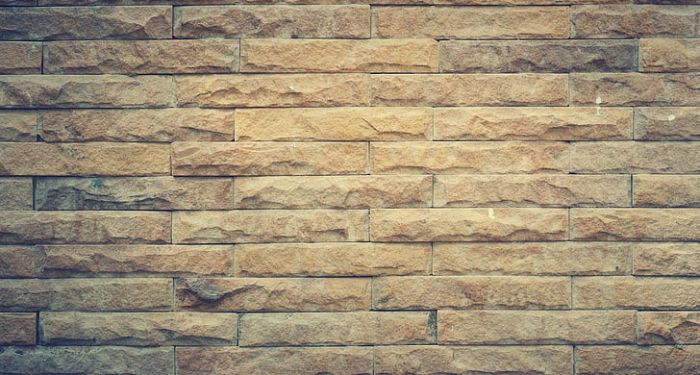
Stone cladding consists of thin fragments of natural stone. This type of cladding is generally priced at about £30 to £50 per m².
Pros:
- Provides a natural aesthetic.
- Durable and long-lasting.
- Stone cladding is designed to resist weather and fire.
- Not difficult to maintain in the long-run.
Cons:
- Installation may prove time-consuming.
- Vulnerable to damage from some strong cleaning products.
- Not particularly cheap.
uPVC Cladding Cost
This is a plastic-based cladding. It will probably cost you between £10 and £25 per m².
Pros:
- Low-cost option.
- Low-maintenance.
- Durable.
- uPVC cladding is weather resistant.
Cons:
- May not provide the ideal aesthetic.
Metal Cladding Cost

Metal cladding is usually made of either steel or aluminium. It will likely cost somewhere in the range of £35 to £40 per m².
Pros:
- Low-maintenance.
- Durable option.
- Many finishes and styles to choose from.
- Metal cladding is sustainable.
Cons:
- Prone to rusting.
- Its colour may fade with time.
- Can deteriorate with time.
Rendering & House Cladding Maintenance Cost
The focus of this section is possible maintenance costs associated with rendering & cladding.
Painting Render Cost
Render will need to be repainted on average every 5-10 years. This job involves covering the entire exterior of the house. It may cost anywhere from £500 to £1500 to have the exterior of your house fully painted, although it will depend on the type of paint used and the size of your property.
Painting Cladding Cost
Cladding may discolour and fade with time, although to what extent will depend on the material used. Every so often, you’ll need to have your cladding repainted.
This will cost about £1 per square metre, and the exact total cost between supply and labour will depend on the scale of your house’s cladding and the size of your home. Painters tend to charge about £14 to £18 per hour.
Treating Timber Cost
Timber treatment is applied to wooden surfaces to extend its lifespan by preventing rot and mould and by protecting against insects. The cost of timber treatments varies significantly.
In terms of work performed by a professional, thus including both labour and supply costs, rot removal will set you back about £1000 to £2000, a chemical treatment job will be priced at roughly £600 to £1000, and it will cost you around £500 to £1000 for a timber pesticide treatment job. Boron surface treatment work usually comes with a price tag of about £1 per square metre.
Treating Monocouche Mould Cost
If your monocouche render has mould, it is best treated with a fungicidal treatment. This treatment will cost about £4 to £6 per litre. If you wish to hire a professional to perform this work, it will cost about £16 to £30 per hour.
Cleaning Acrylic Render Cost
Acrylic render is particularly prone to gathering dirt. Household detergent could be used with a bristled brush and warm water to clean any dirt although if this fails, a low-pressure hose should suffice. Excluding materials, once again it will likely cost between £16 and £31 per hour to have a professional perform this work.
Cleaning Wall Cladding Cost
Aside from painting wall cladding, more often it should also be cleaned. A clean should be undertaken cautiously to avoid causing any damage to the cladding. A non-pressurised hose is ideal to use in this scenario. A professional could perform this work for around £16 to £31 an hour.
Rendering & External Cladding Repair Cost
For this section, we will look at various repairs of rendering & external cladding, explaining what each repair is, how the problem is fixed, and the costs involved.
Fix Damaged Render Cost
Over time render can become damaged and worn. To what extent will depend on the material. Damaged render can be repaired by having old render hacked off, the joints raked out, the wall cleaned, and new render applied. Assuming 2mm of cement, lime or sand render x 2 coats, the cost to have a professional perform this job will come to around £65 to £71 per m² in total.
Small Patch Repair Cost
To patch up small holes in cladding, the best approach is to have a repair patch to place in front of the damaged area. A pencil can then be used to mark the size of the patch before the area within and up to the point of the pencil marks can be removed. Silicone can be used to seal the patch in place.
How Much Does It Cost to Remove Rendering & External Cladding?
We will now delve into the cost involved in having render or/and external cladding removed. You may choose to have your house’s render removed as you wish to have new render installed instead such as because your current render is worn or outdated. Likewise, similar reasons may inspire you to have your house’s cladding removed.
To have render & external cladding removed will come with a cost of about £150 to £400 per day and such work may take 1-3 days to complete. You can dispose of old render or/and cladding with a skip or through alternative services such as a ‘man and van’ as offered by websites like Any Van.
FAQs
Q: What is render?
A: Render is an application that is generally used on exterior walls to protect blocks or bricks.
Q: What nails to use for external cladding?
A: You should use stainless steel nails.
Q: What external cladding material offers the best insulation?
A: You can purchase specific cladding types for insulation purposes such as wood fibre insulated cladding and mineral wool insulated cladding.
Q: What is K render?
A: K render is a silicone-based type of render that repels water effectively as well as having various other advantages.
Q: How long does render take to dry?
A: It may take up to a week for render to dry, although it will depend on the product used.
Sources
- https://www.norstone.co.uk/blog/what-is-stone-cladding
- https://www.cement.org/cement-concrete-applications/how-cement-is-made
- https://rendermakeovers.com.au/6-popular-types-of-house-rendering/
- https://www.uk.weber/blog/choosing-right-products/monocouche-renders-what-are-advantages
- https://www.timberfocus.com/pros-and-cons-of-choosing-wood-cladding-for-residential-homes/
- https://www.cladspraysolutions.co.uk/pros-and-cons-of-metal-cladding/
- https://www.neverpaintagain.co.uk/blog/house-rendering/

